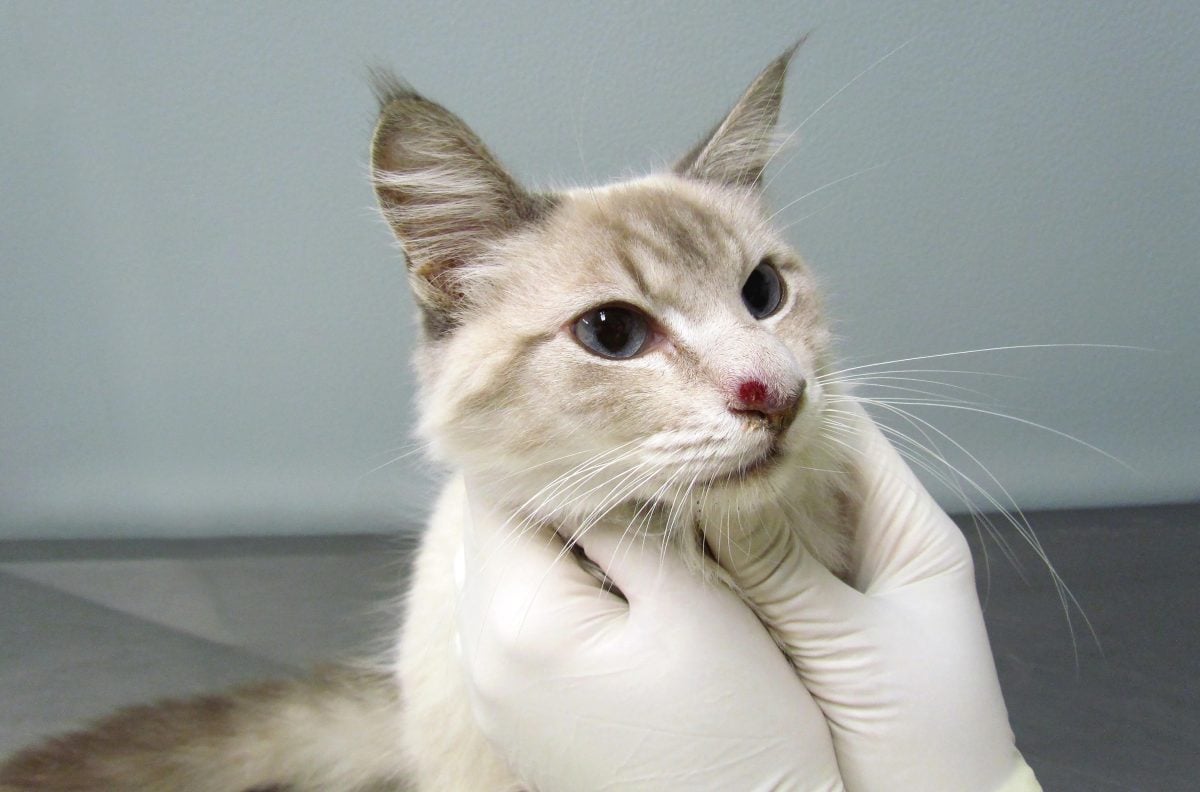Introduction
Urban pollution is causing unexpected and alarming consequences, one of which is the rise of a super fungus. Scientists have discovered that polluted cities are acting as breeding grounds for a rapidly evolving fungal strain. Even more concerning is its mode of transmission – domestic and stray cats. This emerging health threat could pose risks not only to feline populations but also to humans.
What Is This Super Fungus?
The super fungus in question belongs to the Cryptococcus genus, a group of fungi known for causing respiratory and neurological infections. Traditionally, these fungi were found in soil and bird droppings. However, recent studies suggest that urban pollution, climate change, and human activities are accelerating its evolution, making it more resistant to antifungal treatments.
How Is It Spreading Through Cats?
Cats, particularly strays, roam the streets and frequently come into contact with contaminated surfaces. The fungal spores attach to their fur, paws, and respiratory systems, allowing them to spread the pathogen unknowingly. The transmission cycle works as follows:
Inhalation or Contact – Cats inhale spores from polluted environments or pick them up from contaminated areas.
Carrier Mode – Even if they don’t develop symptoms, infected cats become carriers, spreading spores indoors and outdoors.
Human Exposure – People in close contact with these cats, especially pet owners and veterinarians, face a higher risk of exposure.
Health Risks for Humans and Cats
The evolved super fungus is more resistant to antifungal medications, making infections harder to treat. Here’s how it affects both species:
For Cats:
Respiratory distress
Skin infections
Lethargy and weight loss
For Humans:
Lung infections
Meningitis in immunocompromised individuals
Allergic reactions and breathing difficulties
Why Polluted Cities Are a Breeding Ground
Urban environments provide the perfect conditions for this super fungus to evolve:
✔ Air pollution weakens immune defenses, making hosts more susceptible.
✔ Rising temperatures enhance fungal adaptation.
✔ Construction sites and waste dumps provide new fungal habitats.
✔ Overuse of antifungals in medicine and agriculture is leading to resistance.
Preventive Measures
To mitigate the spread of this dangerous fungus, authorities, pet owners, and urban planners must take proactive steps:
✅ Keep Cats Indoors – Limiting outdoor exposure reduces contamination risks.
✅ Regular Vet Checkups – Early detection can prevent severe infections.
✅ Improve City Cleanliness – Reducing pollution and waste management can limit fungal growth.
✅ Use Protective Measures – Veterinarians and pet owners should wear gloves and masks when handling stray cats.
Conclusion
The rise of this super fungus in polluted cities is a serious concern, with cats acting as silent carriers. As urban pollution worsens, the risk of fungal infections in both animals and humans increases. Awareness, prevention, and improved city sanitation are essential to controlling this emerging health threat.
FAQs
❓ Can humans catch this fungus from cats?
Yes, especially through direct contact with contaminated fur or inhaling spores.
❓ How can I protect my pet from infection?
Keep your cat indoors, maintain hygiene, and schedule regular vet visits.
❓ Is there a cure for this fungal infection?
Some antifungal treatments work, but drug-resistant strains are making treatment more challenging.
By staying informed and taking necessary precautions, we can reduce the spread of this super fungus and protect both feline companions and human populations.

















+ There are no comments
Add yours